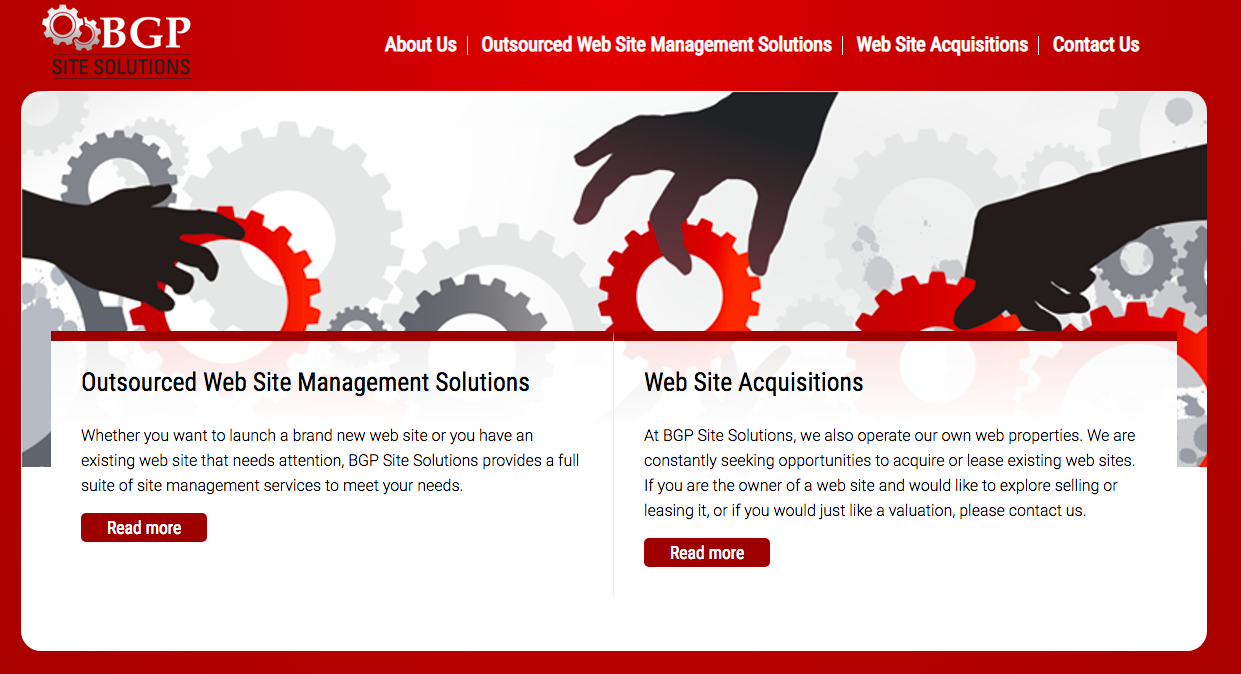Change is the only constant. That’s the lesson we need to adopt when it comes to embracing Drupal 8 and migrating from Drupal 7. Since the launch of Drupal 8 in 2015, many new challenges have emerged among developers and one of them includes forking Drupal.

Quoting Dries' opinion on embracing change:
“The reason Drupal has been successful is because we always made big, forward-looking changes. It’s a cliché, but change has always been the only constant in Drupal. The result is that Drupal has stayed relevant, unlike nearly every other Open Source CMS over the years. The biggest risk for our project is that we don't embrace change.”
What is Backdrop CMS?

Backdrop is a Content Management System (CMS) which can be put to use when designing a wide variety of websites from a single administrator's personal blog site to an intricate, multi-role business e-commerce site. It is the perfect fit for comprehensive non-profit, educational, corporate, or government websites.
Being a tool for structuring websites, the core Backdrop CMS package aims to include many useful features, but only those that are necessary for the majority of sites using it. Backdrop can be extended with the addition of modules, themes, and layouts which are easy in nature.
In a way, it allows non-technical users to manage a wide variety of content. It is feature-compatible with Drupal 8 (containing things like Configuration Management Initiative(CMI), WYSIWYG & Views in core), but is built on APIs more similar to those found in Drupal 7.
Evolution of Backdrop CMS
Backdrop CMS started its existence as an offshoot of Drupal. Although Backdrop originates from a common codebase with Drupal, its philosophy and organization are distinct. Backdrop follows a policy of concentrated releases that account feedback from the community.
Essentially, for the small to medium-sized businesses, non-profits, educational institutions, or any other organizations, who are in need of a comprehensive website on a budget, Backdrop CMS is easy to build and extend.
Advantages of Backdrop CMS
Both, Backdrop and Drupal projects have different end goals, but emerging from the same original code base, there are areas in which collaboration can benefit both projects.
- Along with easier updates, Backdrop is backward compatible. Backdrop attempts to keep API change to a minimum in order for contributed code to be maintained easily, and for existing sites to be updated affordably.
- Being simple in its structure, backdrop lets you write code for the majority. It aims to be easy to learn and build upon, even for those with a minimal amount of technical knowledge. Direct implementations are chosen over-abstraction, and how things work can be immediately clear and easily documentable.
- The focus is to include features for the majority. Backdrop core only includes features and tools that benefit the majority of sites that are running it. Also, Backdrop aims to include opinions from individuals who attend training, meetups, and camps as well as real-world engagements with consumers.
- Backdrop can be extended. Backdrop aims to provide a powerful core that can be readily extended through custom or publicly available contributed modules. These additional modules provide desired features that are not incorporated in the core due to their complexity or use cases that are too specific.
- Rendering great performance, Backdrop has low system requirements. Backdrop runs on affordable hosting with very basic requirements. This means not chasing popular trends in technology, but instead adopting common, proven, and learnable systems.
- Backdrop lets you plan and schedule releases. Each release contains a planned set of features and is released on time. If a feature is not ready in time for a specific release, the feature gets postponed, but the release is delivered on time.
- It gives them freedom to remain free and open source. All codes included with Backdrop are under an Open Source license that allows anyone to use it for free, regardless of their beliefs or intentions.
Why fork Drupal?
There are lots of reasons why Drupal was forked to create Backdrop. These are the most notable ones:
Technical Gap
Though many features in Drupal 8 are identical to those in Drupal 7, the code underneath has little to share a resemblance with the Drupal of yesteryear. Developers value maintaining the code that has a proven success rate rather than drifting from the track record of the success.
Coding Principles
The Backdrop community may vary from the Drupal community on some issues that they regard higher, and vice versa. As the principles diverge, so does the code. This justifies the existence of Backdrop.
Niche Audience
Backdrop CMS is dedicatedly targeted at small to medium-sized businesses, non-profits, and education. It best serves the kinds of organizations that need complex functionality, but on a budget.

Case Studies
The NorCal Hunter Jumper Association is a not-for-profit recreational sports organization that was looking for a better viewing website experience for the membership, mainly on tablets and mobile devices. The new site also needed to be easy for the board and administrators to update and manage. Further, they planned to move board membership nominations, voting, general surveys, and other forms onto the website in the future, including forms that may need credit card processing. Thus, Backdrop was chosen as the medium to integrate all these requirements and the following were the results:
- A finer viewing experience for the members on tablets and mobile devices.
- Easier updates and management for the board and administrators.
- Flexible in adding features as the needs of the organization grows.
- Easy to integrate with other web services.
- Affordable maintenance and long-term development costs.

BGP Site Solutions is a group of business sites showcasing web publishing experience.
Founded in 2003, BGP Site Solutions has managed nearly 100 web properties with vast experience in performance-based online marketing (Cost per Lead, Cost per Acquisition, Cost per Click), white-hat organic search engine optimization, and web publishing in the marketing verticals of post-secondary education, home services, insurance (auto/health), wine, diet/weight loss/health, financial services, dating, and eldercare/senior services.
On the other hand, formed in 2011, Authority Media is a leading publisher of career training web properties. The AM goal was to be the most authoritative source of information in each post-secondary education category in which they operate.
These sites were formerly separate WordPress sites and were hacked multiple times. Thus, the security of the website was the need of the hour.
Since these are both fairly small sites, combining them into a single codebase site offered savings in terms of hosting and maintenance costs. And the multi-site feature offered by Backdrop CMS seemed like the perfect fit.

Final Thoughts
Drupal 8 is a huge departure from anything the Drupal community has released in the past and it’s a move towards the enterprise.
Backdrop is not about users but about developers facing challenges in adapting and investing their time to further improve the Drupal platform. That’s where Backdrop aims to fill the gap left and attempting to maintain connectivity and cohesiveness with the larger Drupal community.
Thus, both Drupal 8 and Backdrop are trying to address the problem, in fundamentally different ways.
Still confused? OpenSense Labs provides steadfast solutions and services to empower digital innovation for all enterprises.
Ping us at [email protected] and let us know how we can help you achieve your digital goals.
Subscribe
Related Blogs
Inside the Drupal AI Summit: Themes, Speaker and What To Expect

“ The web is changing fast, and AI is rewriting the rules. It writes content, builds pages, and answers questions directly,…
FOST and Drupal AI Initiative: Next Era of Responsible AI

Three years after the launch of generative AI tools marked a new age for artificial intelligence, almost 90% of survey…
Drupal AI Ecosystem Part 5: AI Content Suggestions

Drupal has steadily evolved from being just a content management system into a flexible platform that incorporates emerging…




